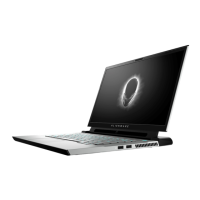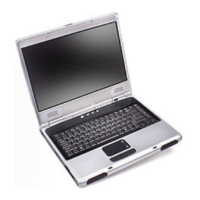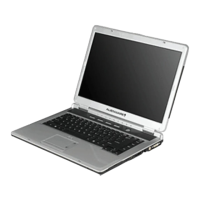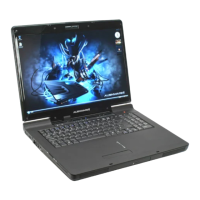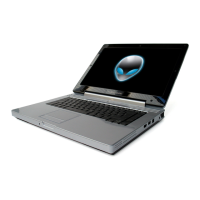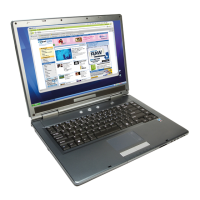System setup options
NOTE: Depending on your computer and its installed devices, the items that are listed in this section may or may not appear.
Table 3. System setup options—Main menu
Main
System Time Displays the current time in hh:mm:ss format.
System Date Displays the current date in mm/dd/yyyy format.
BIOS Version Displays the BIOS version.
Product Name Displays the model number of your computer.
Service Tag Displays the service tag of your computer.
Asset Tag Displays the asset tag of your computer.
CPU Type Displays the processor type.
CPU Speed Displays the processor speed.
CPU ID Displays the processor identification code.
CPU Cache
L1 Cache Displays the processor L1 cache size.
L2 Cache Displays the processor L2 cache size.
L3 Cache Displays the processor L3 cache size.
M.2 PCIe SSD-1 Display the M.2 PCIe SSD device information of the computer.
M.2 PCIe SSD-2 Display the M.2 PCIe SSD device information of the computer.
AC Adapter Type Displays the type of AC adapter.
System Memory Displays the size of memory installed.
Memory Speed Displays the speed of memory.
Keyboard Type Displays the type of keyboard installed on the computer.
Table 4. System setup options—Advance menu
Advance
Integrated NIC Enables or disables the Integrated NIC.
Default: Enabled
USB Emulation Enables or disables the USB emulation feature. This feature
defines how the BIOS, in the absence of a USB-aware
operating system, handles USB devices. USB emulation is
always enabled during POST.
NOTE: You cannot boot any type of USB device (floppy,
hard drive, or memory key) when this option is off.
Default: Enabled
USB PowerShare Enables or disables USB PowerShare.
Default: Enabled
USB Wake Support Enables or disables the USB Wake Support.
Default: Enabled
SATA Operation Allows you to configure the operating mode of the integrated
SATA hard drive controller.
65
